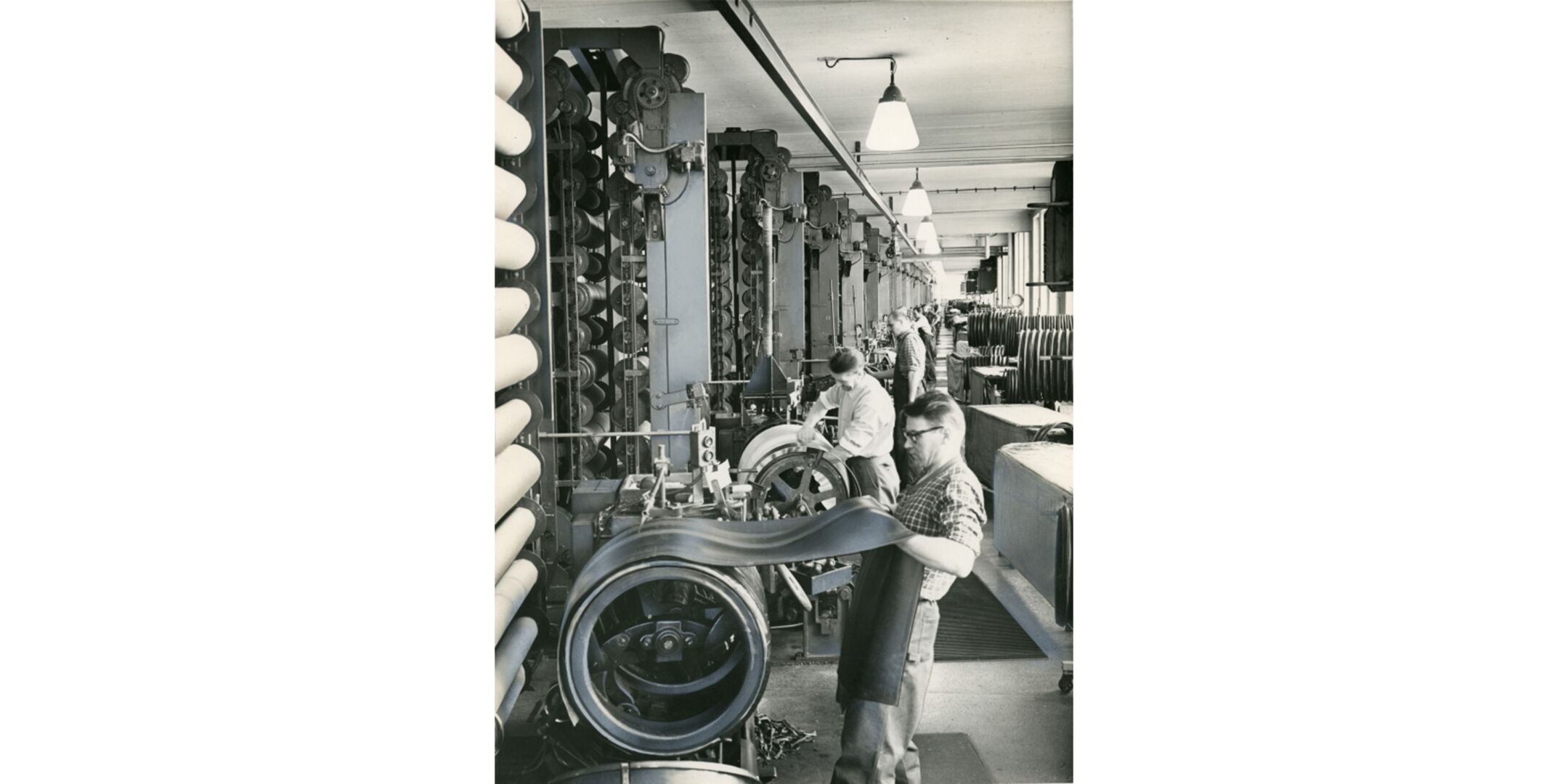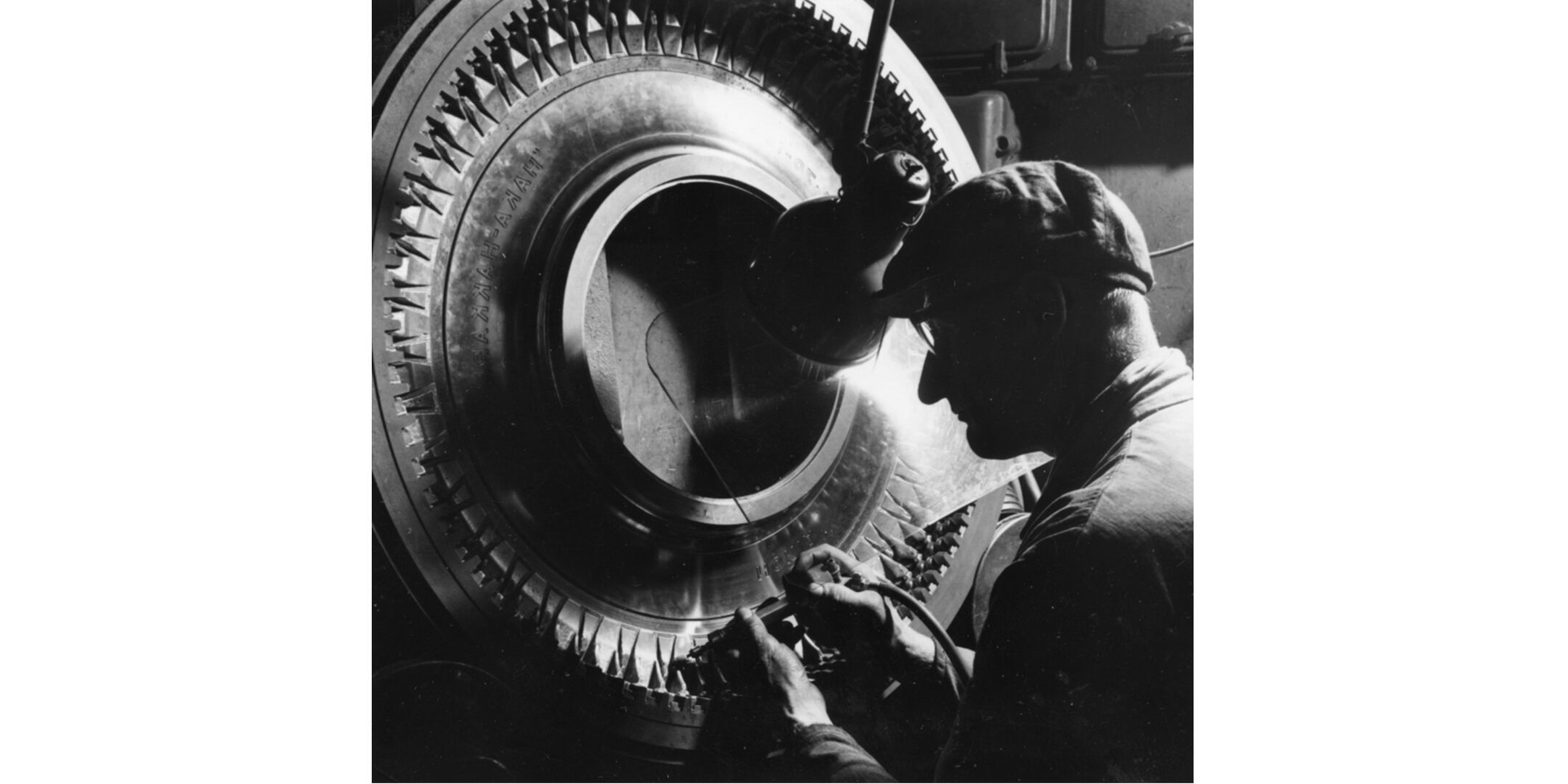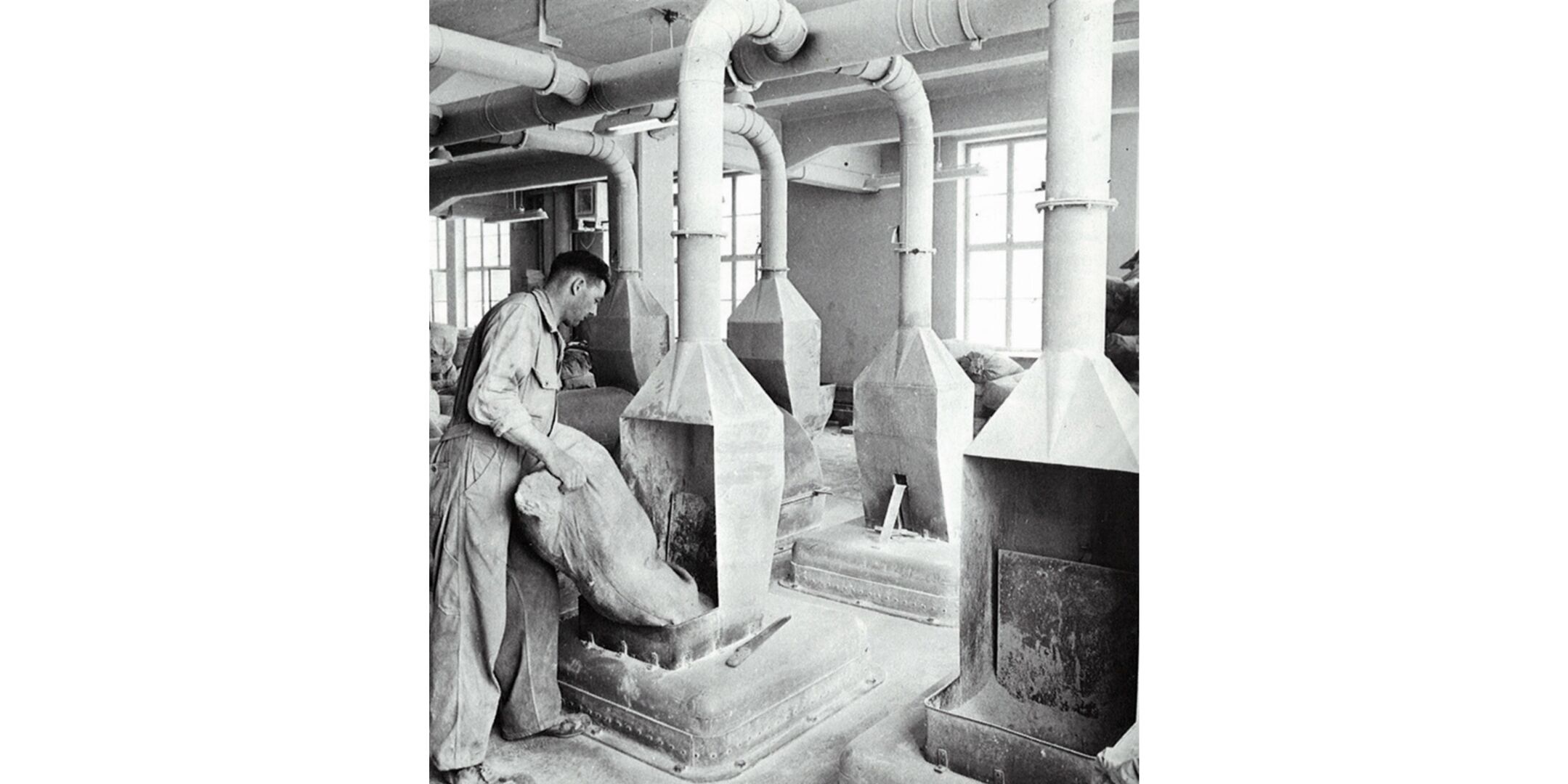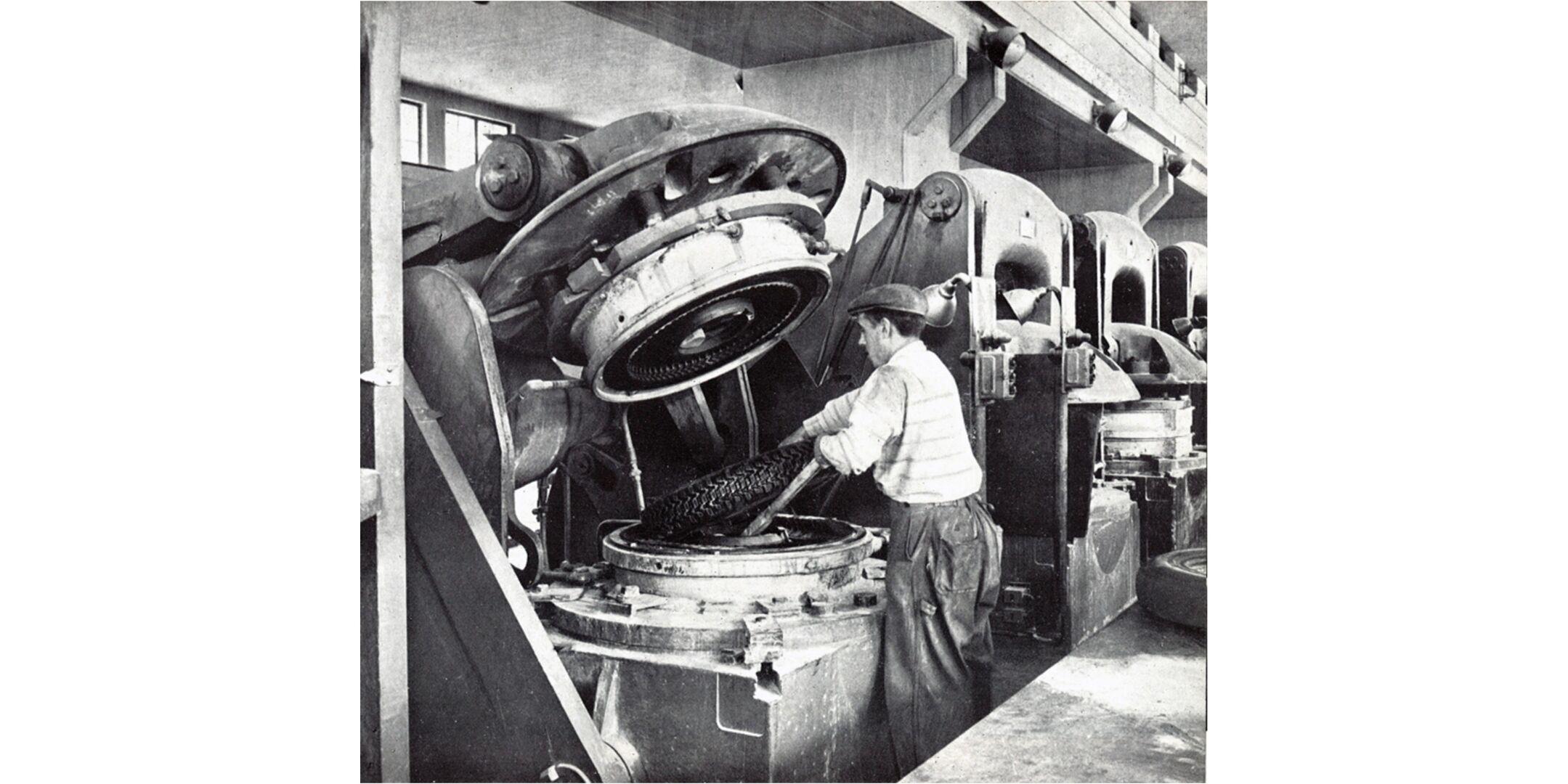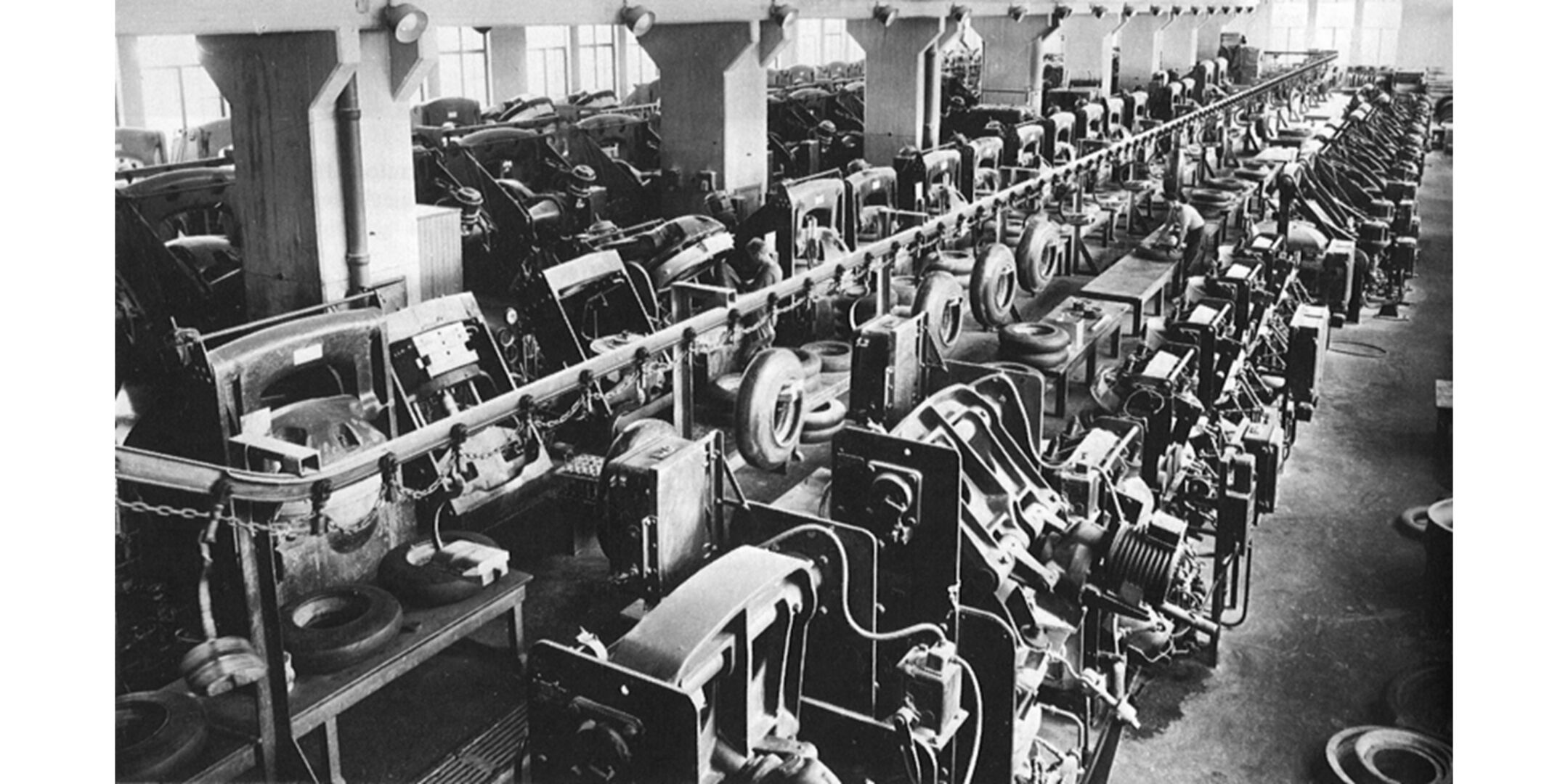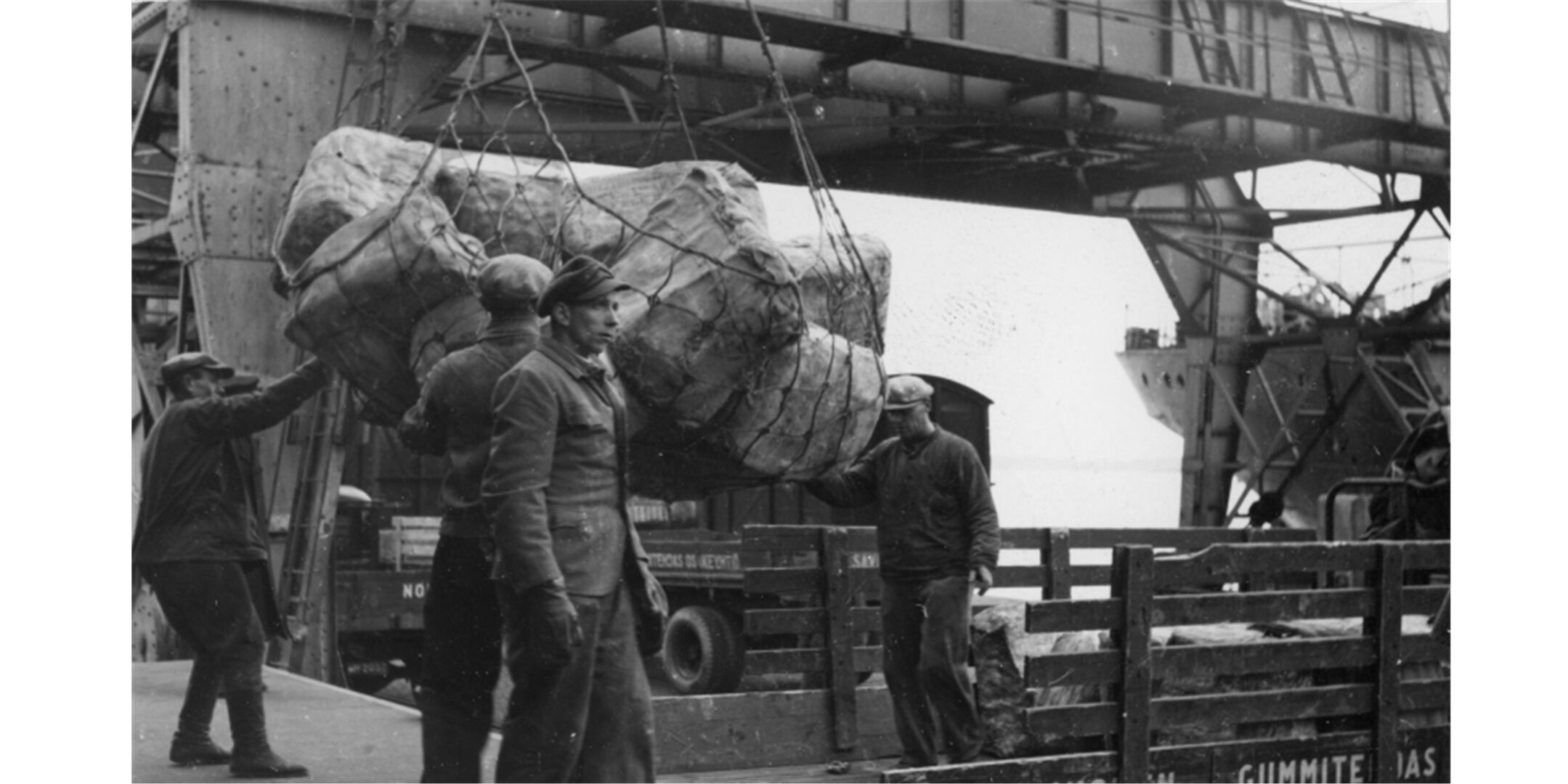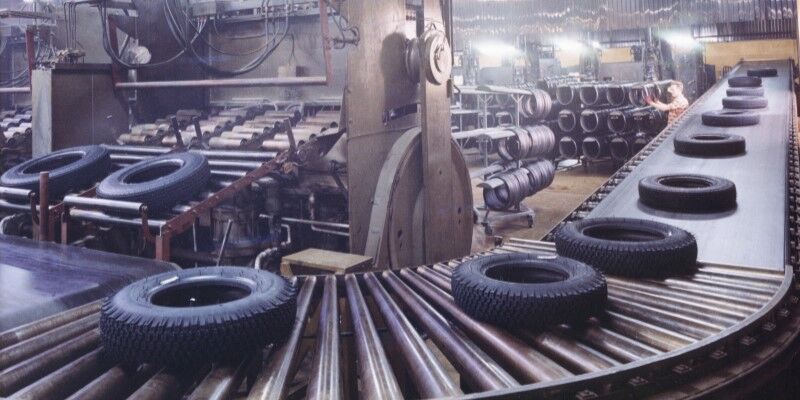Article
1950: Haka-Hakkapeliitta and the age of the automobile
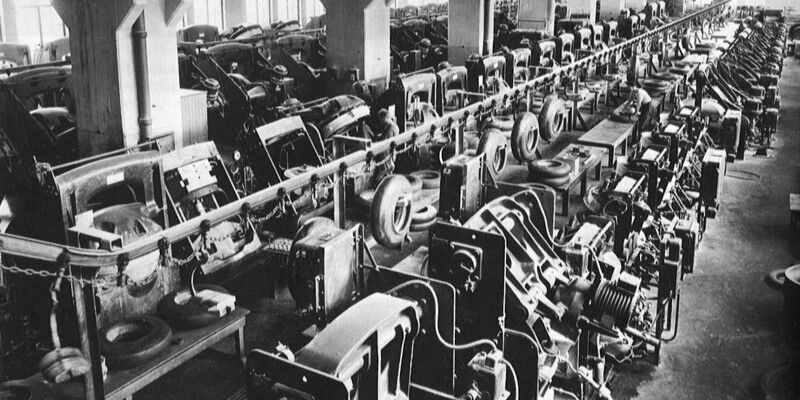
Rubber wheels became an essential part of traffic. Trucks surpassed trains for goods transport and passenger cars were available to increasingly more people. There was a tenfold increase in the number of cars in Finland between 1945 and 1960.
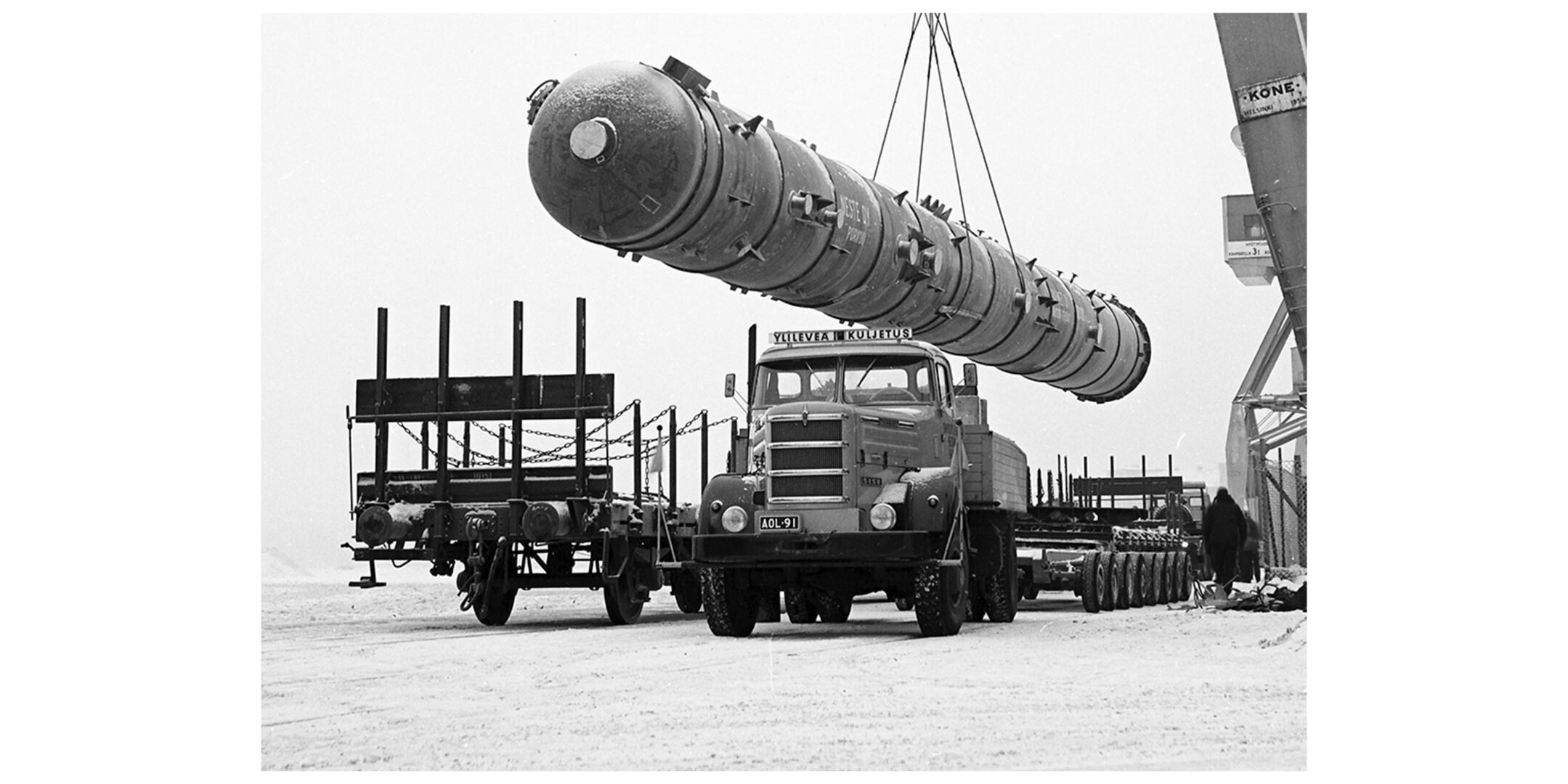
Goods transport
After World War II, the industry started using increasingly more road transport. A comprehensive selection of special winter tires was required.
The demands of winter traffic increased. Over half of the Finnish roads were covered by ploughing services. This new type of road maintenance made the surface smooth and slippery. The axle weights of trucks and buses also increased.
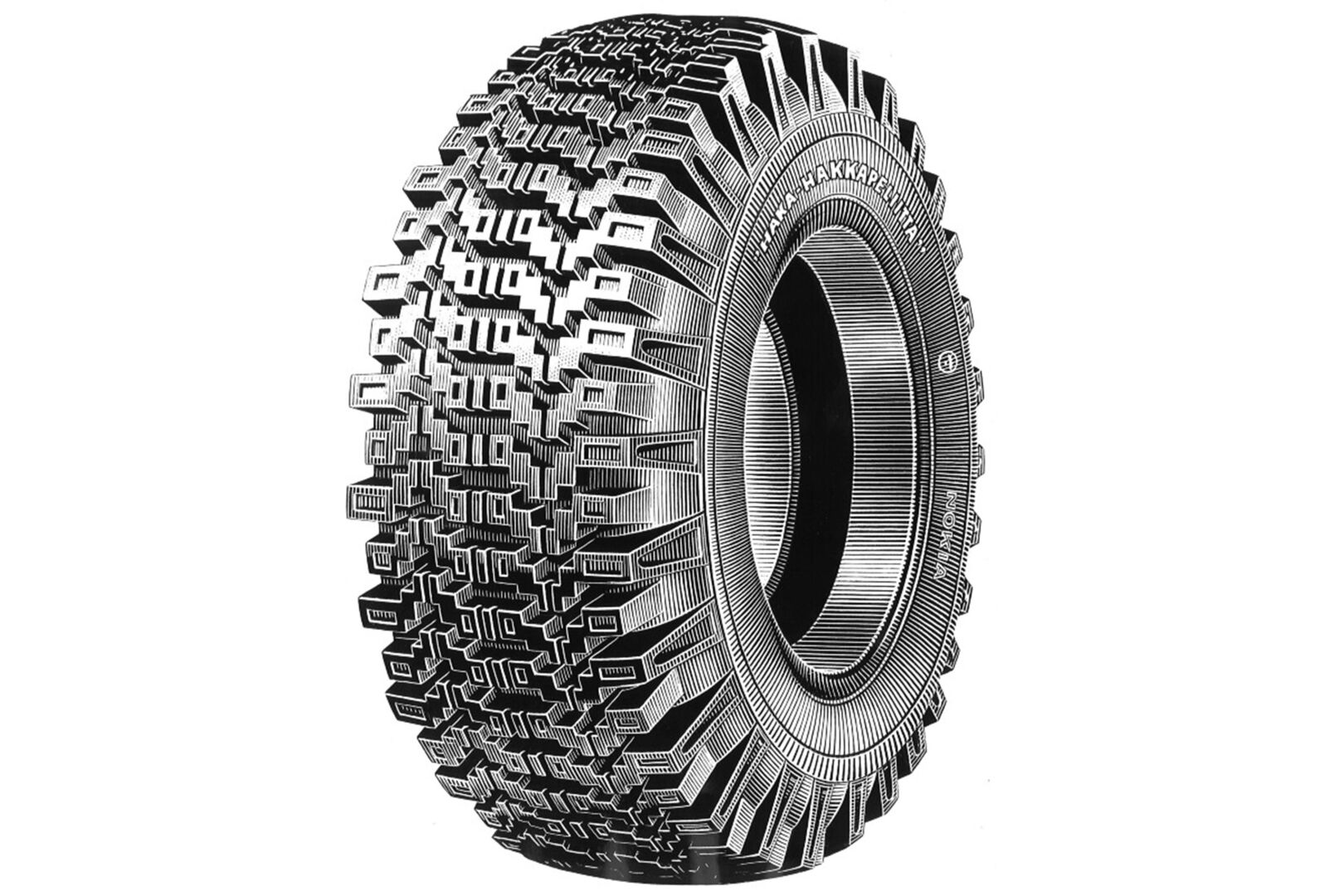
Haka-Hakkapeliitta
The Haka-Hakkapeliitta was the best-selling winter tire of the 1950s and 1960s. The range of Haka-Hakkapeliittas that was launched in 1956 and grew to a full size selection two years later was the answer to the new winter driving conditions and even larger cars.
In 1956, a new product called Haka-Hakkapeliitta was introduced. The load-bearing tire tread had increased to twice the size in order to provide grip on packed snow and ice. The new tire received an enthusiastic response, as earlier sales records were beaten the next autumn. The body material of the Hakkapeliitta entered a new age, and tire manufacturing surpassed shoe production. A total of 130,000 car tires were manufactured per year.
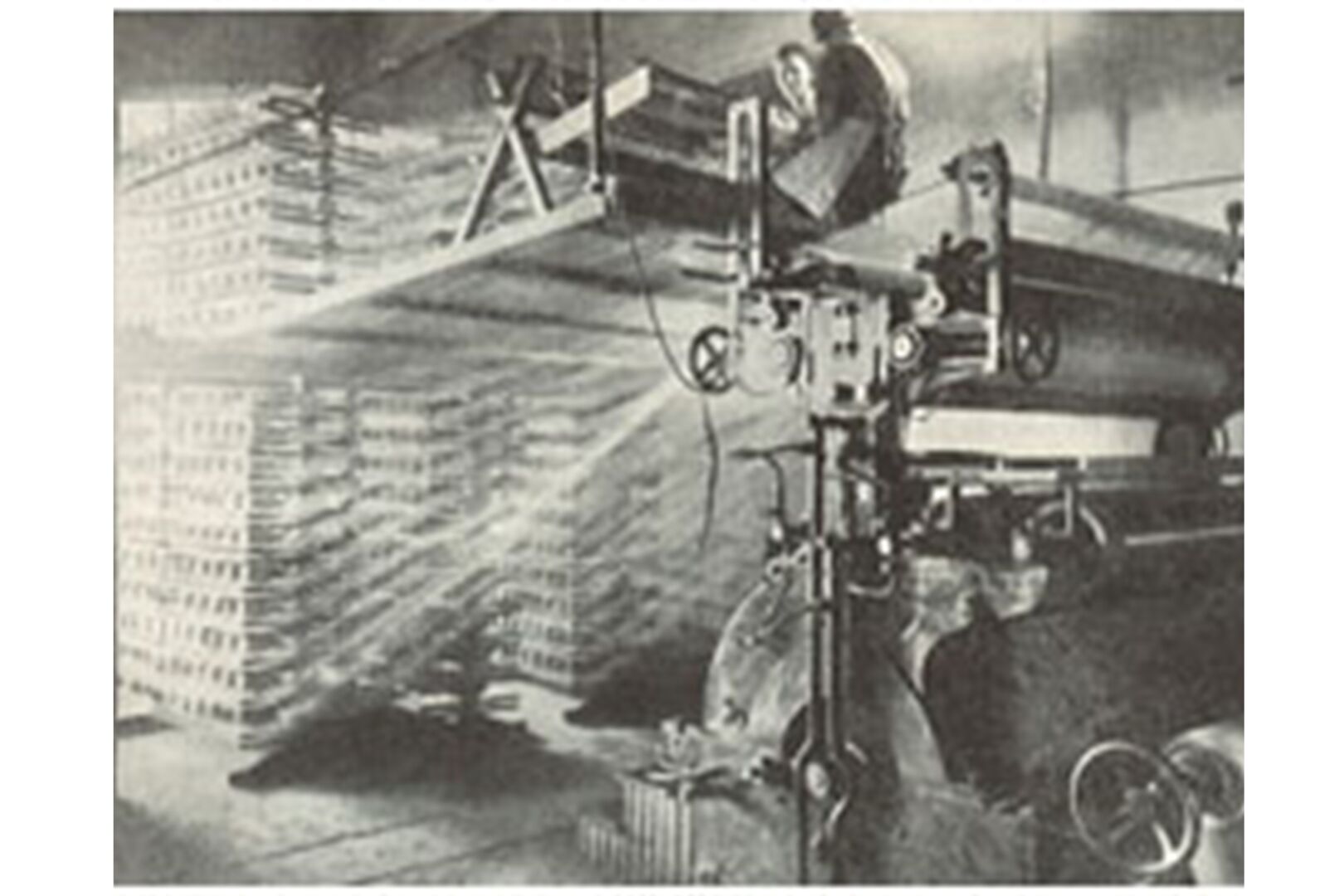
Body material
The core of the car tire body is the weave or cord. It consists of strong beam threads and thinly woven weft threads that keep the cord together. Suomen Gummitehdas imported all of its cord until the decision to buy weaving machines was made in 1948.
Import deregulation started gradually. In 1956, imports of car tires were deregulated, which put Gummitehdas in a new competitive situation. In 1959, the name changed to Suomen Kumitehdas Osakeyhtiö, and at the end of the decade, the company once again entered the export markets, especially in Sweden. The Hakkapeliitta tire spearheaded the exports.
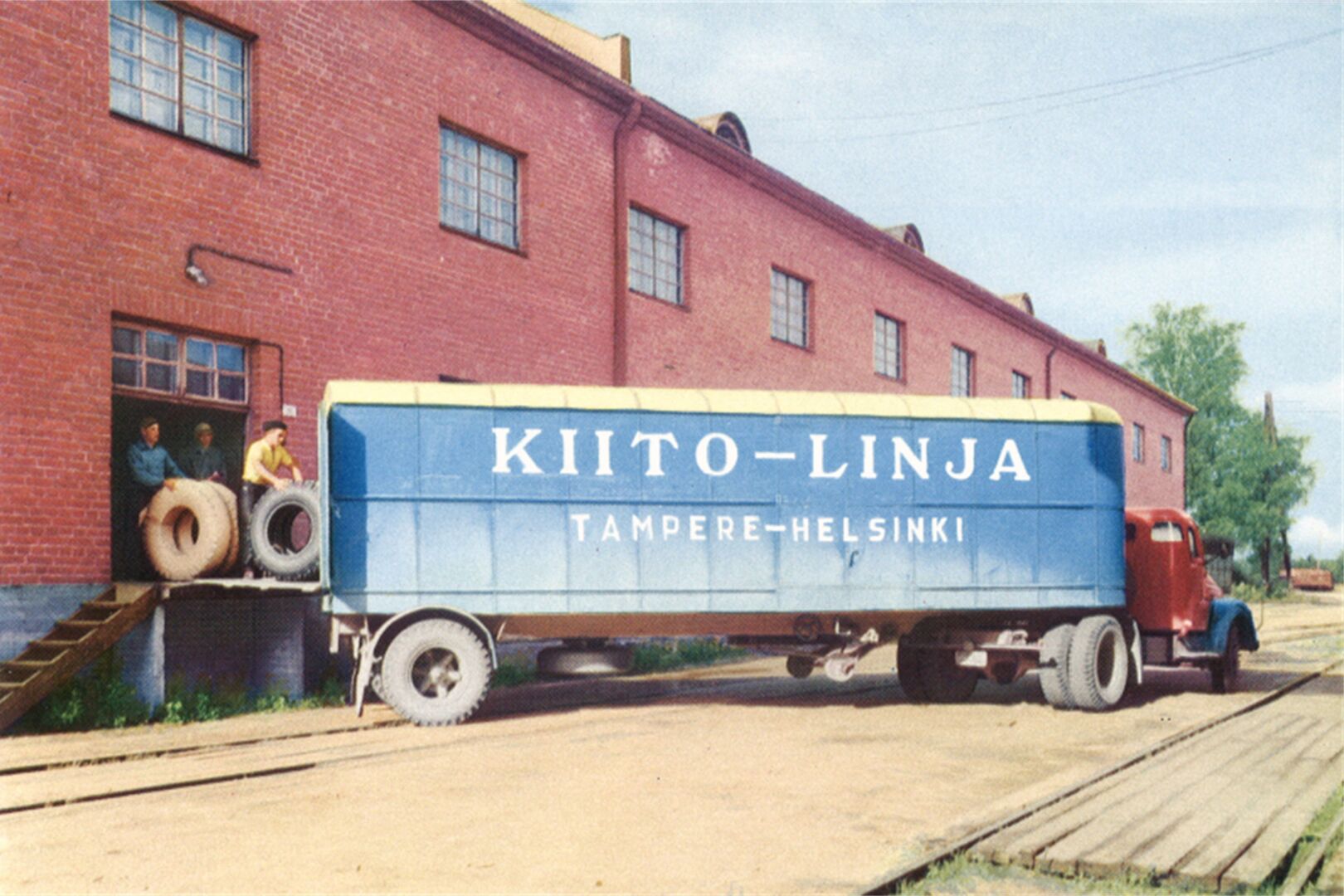
Destination Sweden
The new wave of exports from Suomen Gummitehdas was aimed at the Nordic countries. The pioneer was the marketing company Finska Gummi Ab founded in Sundsvall, northern Sweden, in 1959. During its very first year, the company sold 8,500 tires. King Gustav IV Adolf of Sweden also purchased Haka-Hakkapeliittas for his car.
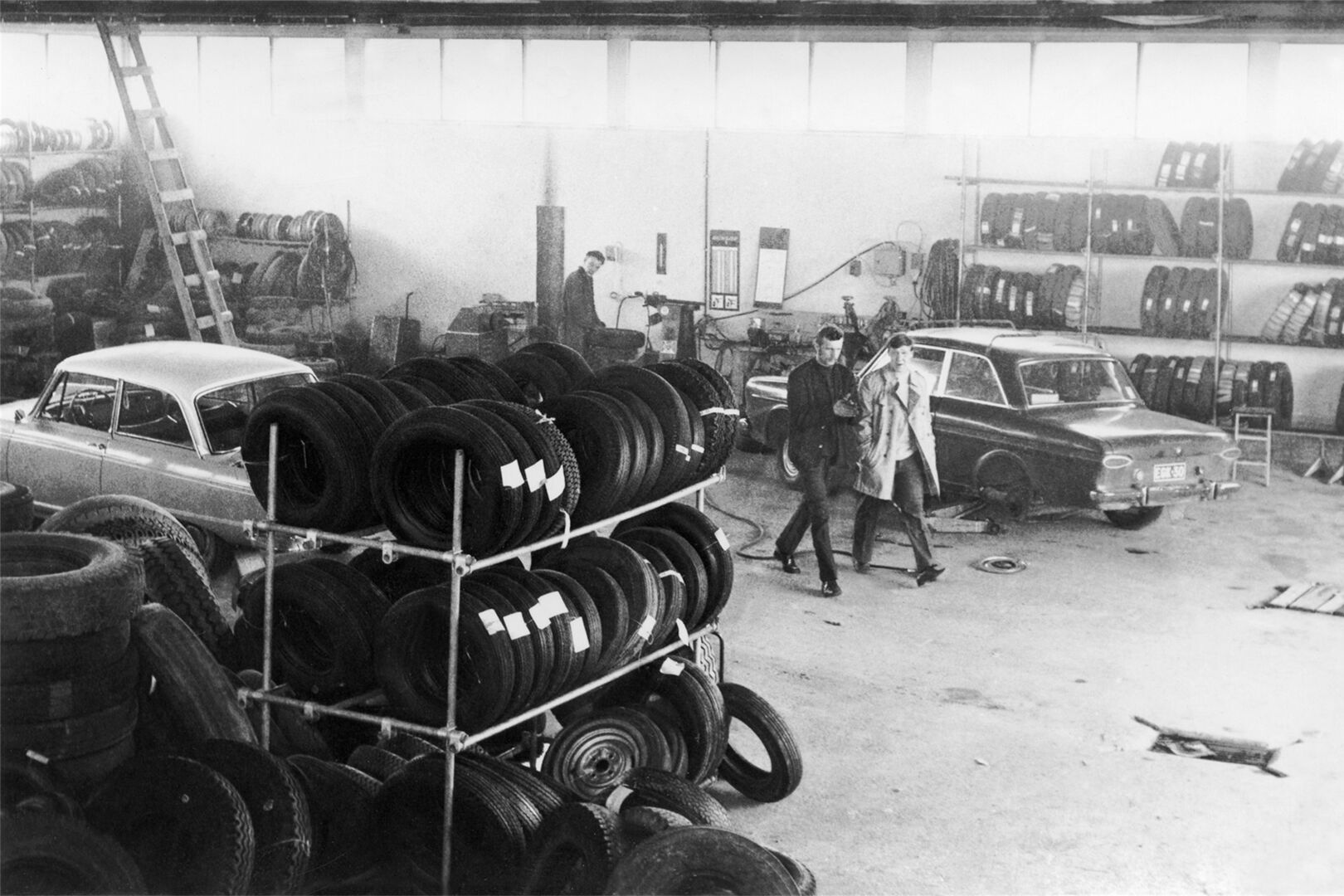
Tire dealerships
When the manufacturing of winter tires started in Finland, separate car tire dealerships did not exist. Hardware shops were the most significant sales channel. As the number of cars increased, car dealerships in the larger towns and rubber workshops in the smaller towns started selling tires. Each dealership signed a separate contract with the tire company. The best sellers were in class A.
A network of tire retailers was being constructed in Finland. Tire retailers played a central role in the distribution of winter tire knowledge. The agents were trained by the legendary Sales Manager Erik Sundquist who took part in the launch of the first Hakkapeliittas.
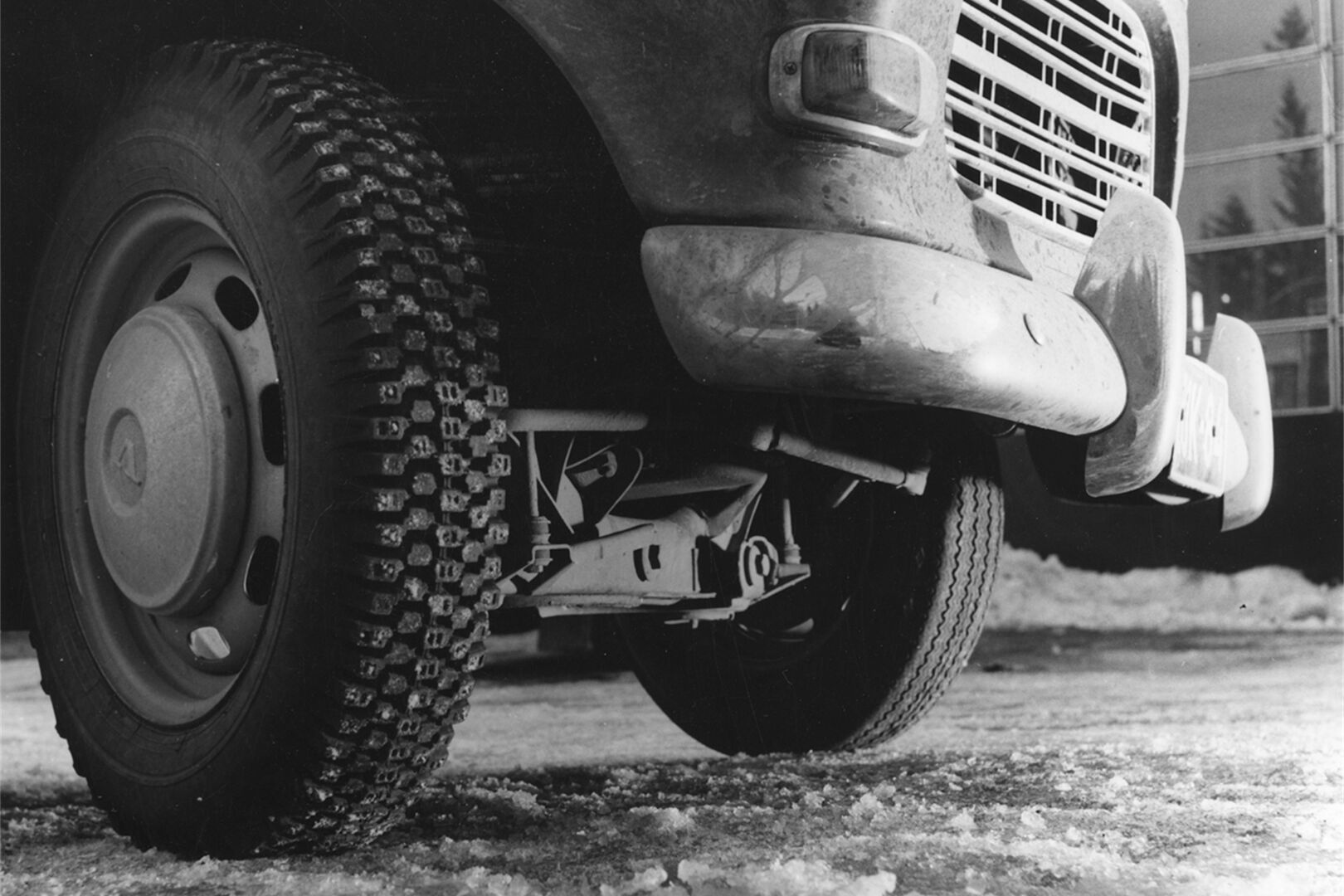
A winter tire on every wheel
Drivers were still wondering how to mount winter tires. Are they really necessary on all wheels, or would driving wheels be enough? Suomen Kumitehdas campaigned for safe winter driving and reminded drivers that winter tires are needed on all wheels in order to maintain safe steering.
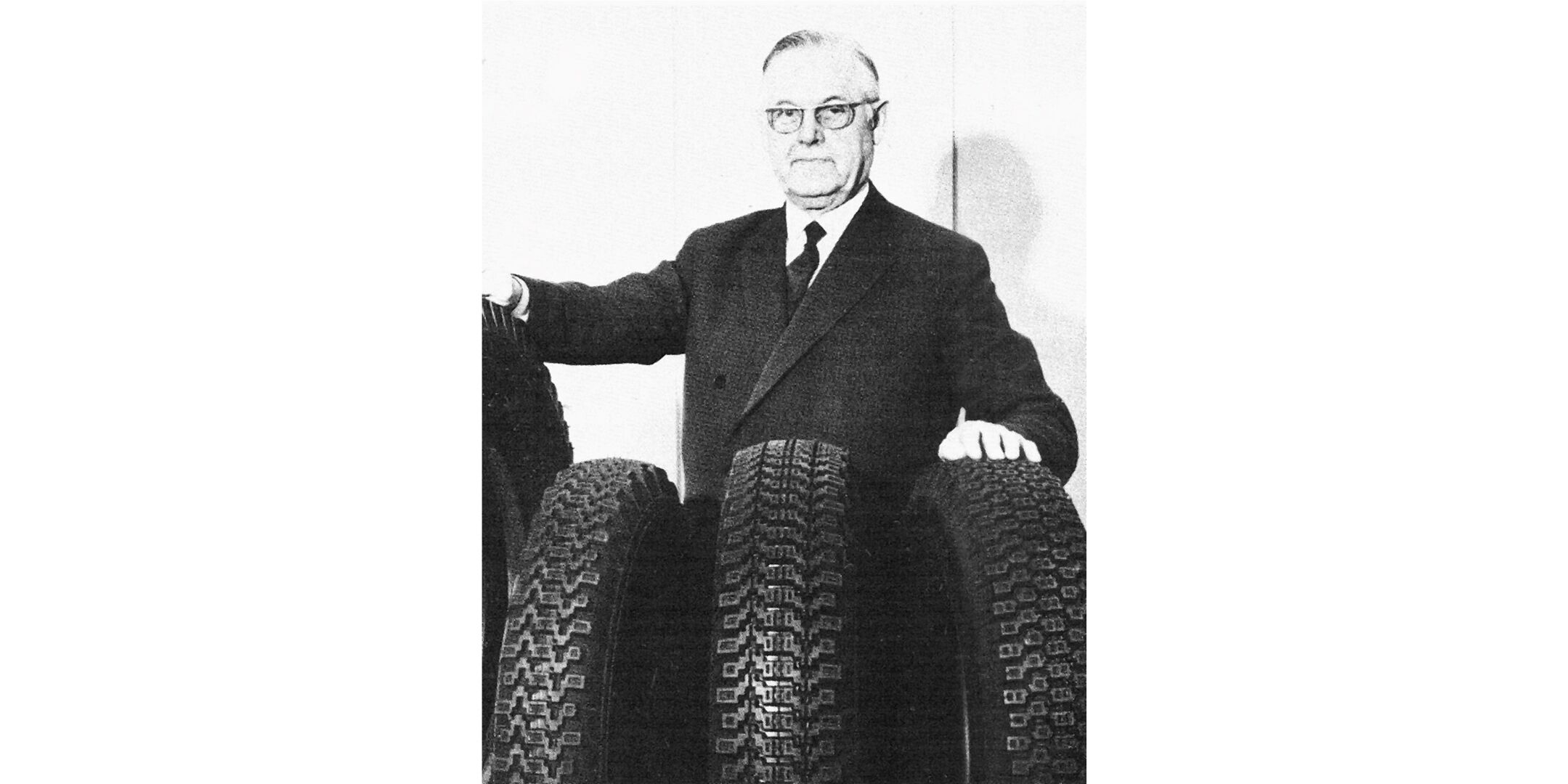
Sales champion Sundquist
Sales Manager Erik “Sumppa” Sundquist from the tire department was known as the spokesman for winter tires. He was already involved when the Kelirengas was introduced and promoted the sales of several Hakkapeliitta generations during his forty-year career.
